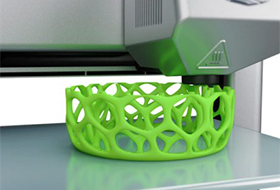 Day 1 of the CONASTA conference saw me attending a workshop run by Darren Hamley, a science teacher from Willeton Senior High School in Western Australia. Mr Hamley started off by
Day 1 of the CONASTA conference saw me attending a workshop run by Darren Hamley, a science teacher from Willeton Senior High School in Western Australia. Mr Hamley started off by
telling me that he uses a condensed version of the Australian curriculum which leaves him plenty of time to run a research project with his gifted and talented science class.
His first project was about using electrodeposition to create an artificial reef using ions and sea water. He spoke about doing preliminary tests on this idea and commented that he created
a lot of chlorine gas rendering one lab inaccessible at his high school! In the end he spoke about doing the actual research and improvements that can be made on his project.
The second and third research projects where about dolphins. The second project was about dolphin echolocation where his students study dolphins to see if they have their own set of
clicks. The third project was about the effect of severe dorsal fin damage on a dolphin’s motion. This was quite interesting as he used a 3D printer to create different dolphins
and measured the drags that the different dolphins had on them. This was a great for me! I am a marine biologist and being able to bring what I am most passionate about into the classroom will be great! I also like the idea that students get to have a feeling of what a marine biologist does and also students get hands on experience conducting these research projects.
Ryan Baldwin
Griffith University
Teaching for me was not a career that I saw myself doing at age 16, while I was choosing my year 11 and 12 electives. After attending university and graduating with a degree in science, I thought to myself how can I change this world for the better? I wanted to give back to the community that had raised me. So I decided that I would become a teacher, not only to encourage students but to actually make a difference in people’s lives, teach the students my passion for science. This conference will put me in a perfect position to do just that.
PST Blog
